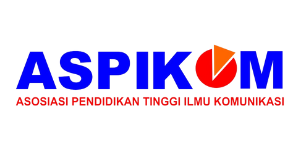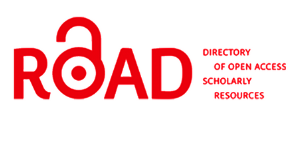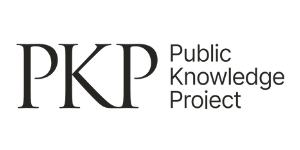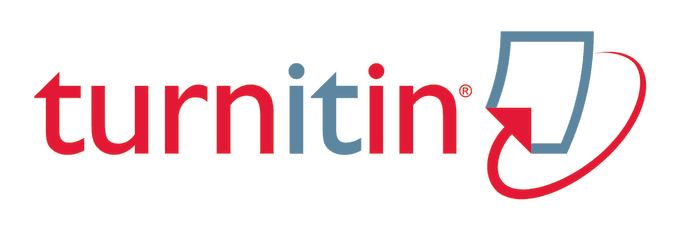Application of Interpersonal Communication To Improve Employee Motivation at PT. Rifansi Dwi Putra
DOI:
https://doi.org/10.37535/105002120232Keywords:
interpersonal communication, organizational communication, constructivist, construction, employee motivationAbstract
Communication is important in the activities of every human group because through communication a mutual understanding between certain parties and other parties is created, while also increasing harmony and coordinating various different activities or tasks. PT. Rifansi Dwi Putra in Duri District, Riau was established in 1997, where it has growth from local companies in Riau to become one of the national companies that achieved impressive service records in the oil and gas industry, especially around the operations of PT. Chevron Pacific Indonesia. The research method used is a qualitative research method that emphasizes in-depth interviews with respondents who have experience in their respective fields of work. Among them are five members of the company, consisting of Admin Ops Transport, Foreman, Swamper, and two Drivers. Effective interpersonal communication should be able to create effective interpersonal relationships that can motivate a conducive employee performance at PT. Rifansi Dwi Putra, Duri District, Riau, so that they have to improve and continue to develop good communication systems to be more effective.
References
Arikunto, Suharsimi. (2010). Prosedur Penelitian: Suatu Pendekatan Praktik. Jakarta: Rineka Cipta.
Arni Muhammad. (2002). Komunikasi Organisasi. Jakarta ; Bumi Aksara.
Graham, Jennifer Lyn. (1998). An analysis of sport managers' interpersonal communication skills in selected Ontario amateur sport organizations. hal: 12.
Greenberg, Jerald. (2011). Behavior in Organization, 10th edition. London, UK: Pearson Education.
Machfoedz, Mahmud. (2005). Pengantar Pemasaran Modern. Yogyakarta: UPP AMP YKPN
Miles, Matthew B; Huberman, A Michael. (2009). Analisis Data Kualitatif: Buku Sumber tentang Metode-Metode Baru. Jakarta: UI Press.
Mulyadi, dan Johny Setiawan. (1999). Corporate Culture And Performance, Dampak Budaya Perusahaanterhadap Kinerja. Prenhallindo,Jakarta
Myers, G. E., Myers M. T. (1992). The Dynamic of Human Communication A Laboratory Approach. Mc. Gray-Hill, Inc.
Nursalam. (2012). Metodologi penelitian: pendekatan praktis (edisi 3). Jakarta: Salemba Medika.
Purwanto, Djoko. (2006). Komunikasi Bisnis, edisi 3. Jakarta: Erlangga.
Rajhans, Kirti. (2012). Effective Organizational Communication: a Key to Employee Motivation and Performance. Interscience Management reviw. Volume-2, Issue-2.
Rivai, H. Veithzal ., Sagala, Ella Jauvani. (2009). Manajemen Sumber Daya Manusia Untuk Perusahaan. Edisi 2. Jakarta: PT Raja Grafindo.
Sedarmayanti. (2013). Manajemen Sumber Daya Manusia: Reformasi Birokrasi Dan Manajemen Pegawai Negeri Sipil. Bandung: PT Refika Aditama.
Siswanto Sastrohadiwiryo. (2003). Manajemen Tenaga Kerja Indonesia,. Pendekatan Administrasi dan Operasional. Jakarta: Bumi Aksara.
Sutrischastini, Ary., Riyanto, Agus. (2015). Pengaruh Motivasi Kerja Terhadap Kinerja Pegawai Kantor Sekretariat Daerah Kabupaten Gunungkidul. Jurnal Kajian Bisnis. Vol. 23 No. 2.
Winardi. (2008). Motivasi dan Pemotivasian Dalam ManajemenJakarta: Raja Grafindo Jakarta
Wiryanto. (2004). Pengantar Ilmu Komunikasi. Jakarta: Grasindo.
















